When I first moved into my home, I found myself staring at the blank walls, yearning for some character and charm. That’s when I discovered decorative wood molding trim, a simple yet transformative element that completely altered the aesthetic of my spaces. If you’re eager to elevate your home decor and create a welcoming atmosphere, you’ve landed in the right place. This guide is designed to take you through everything you need to know about decorative wood molding trim, its types, installation, benefits, and personal experiences that might just inspire you.
What is Decorative Wood Molding Trim?
Decorative wood molding trim refers to the various types of decorative millwork that can be added to walls, ceilings, and furniture to enhance the overall design of a space. It serves both functional and aesthetic purposes, framing areas, hiding imperfections, and adding visual interest. From traditional styles to modern interpretations, the range of options is vast.
Types of Decorative Wood Molding Trim
Crown Molding
Crown molding is perhaps the most well-known type of molding. It is installed at the junction of the wall and ceiling, creating an elegant transition and adding height to the room.
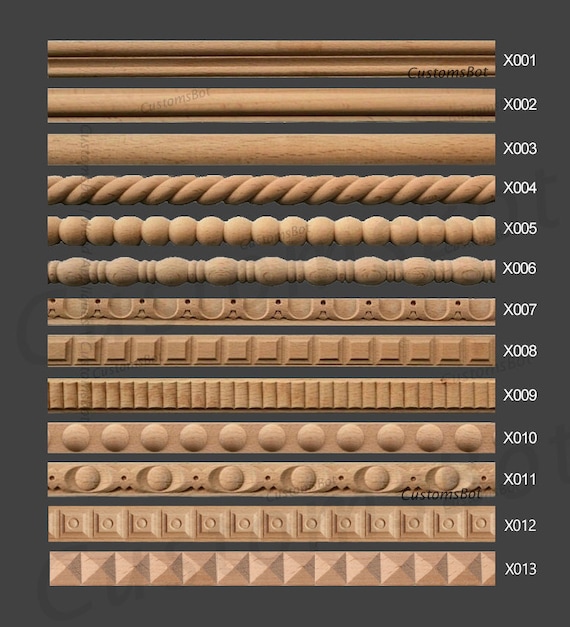
Baseboard Molding
Baseboard molding runs along the bottom of the walls and serves to cover the joint between the wall and the flooring. It can also protect the walls from furniture and foot traffic.
Chair Rail Molding
Chair rail molding is installed horizontally about a third of the way up the wall. Originally used to protect walls from chair backs, it is now often used for decorative purposes, particularly in dining rooms.
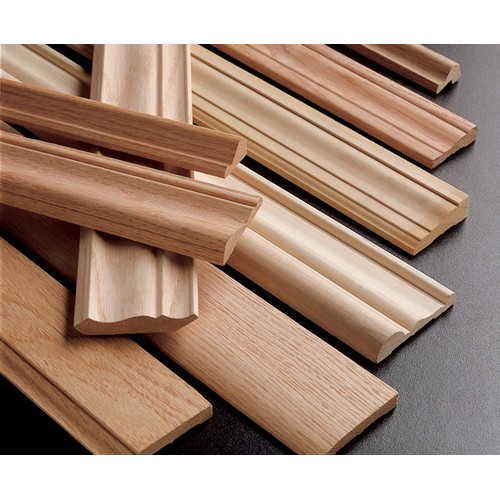
Picture Frame Molding
Picture frame molding is a decorative trim that can create the illusion of framed artwork on the wall. This can be a great way to showcase wall colors and textures.
Coffered Ceilings
Coffered ceilings utilize a series of beams to create a pattern, adding depth and elegance to a space. This style can make rooms feel grander and visually interesting.

Wainscoting
Wainscoting is a type of paneling applied to the lower half of a wall. It can be made from wood or MDF and offers both protection and decoration.
Choosing the Right Wood Molding Trim
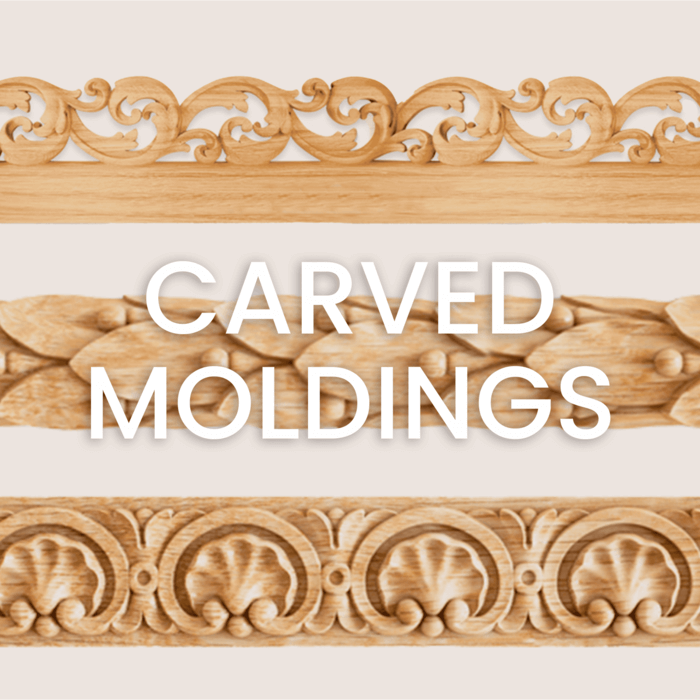
When selecting the right wood molding trim, consider the style of your home, your budget, and the specific areas you want to enhance. Here are a few personal tips I’ve learned along the way:
- Match the Style: Ensure the molding style matches your home’s overall design. A modern home might not suit ornate crown moldings.
- Consider Scale: Choose proportions that are appropriate for the size of the room. Larger rooms can handle wider moldings.
- Material Matters: Solid wood, MDF, and PVC all have different looks and durability levels. Picking the right material can affect the final feel of your space.
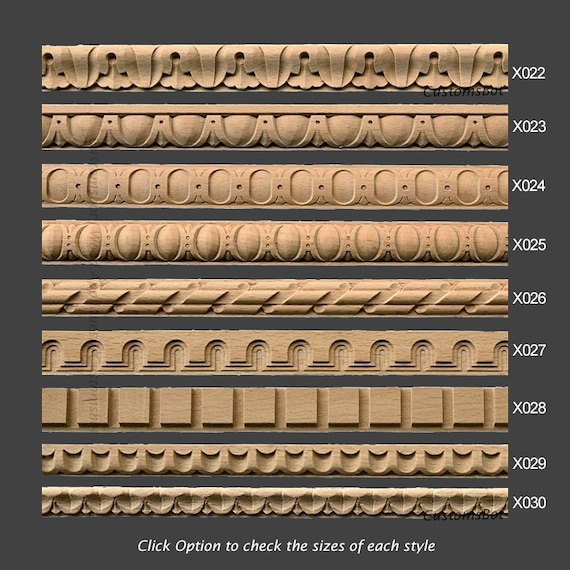
Installation of Decorative Wood Molding Trim
Installing decorative wood molding trim can be a DIY project or something you hire a contractor for. Here’s a basic overview of the process and some tips from my own experience.

Gathering Tools
You’ll need the following tools for installation:
- Miter saw
- Nail gun or hammer
- Level
- Wood glue
- Stud finder
- Measuring tape
- Caulk for finishing touches
Measuring and Cutting
Measure the wall lengths where you’ll be installing the moldings accurately. Make sure to account for any angles at the corners. Using the miter saw, cut the ends of each piece at a 45-degree angle for a clean corner joint.
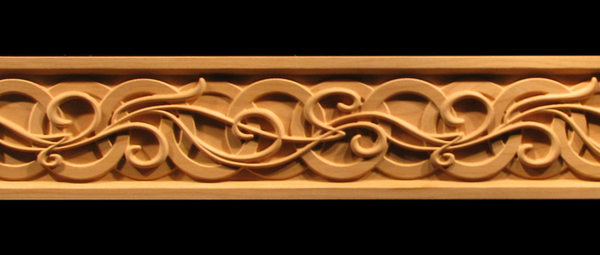
Installation Steps
- Start with the longest wall first.
- Use the stud finder to locate the wall studs; this is where you’ll want to nail the trim for stability.
- Apply wood glue to the back of the molding before positioning it against the wall.
- Nail the molding in place using a nail gun or hammer.
- Fill any nail holes with wood filler and caulk where needed for a seamless finish.
Decorating with Wood Molding Trim
Once you’ve installed wood molding trim, the fun part begins—decorating! Here are some ideas to spark your creativity:
Color and Paint Choices
Consider painting the trim a contrasting color to make it pop against the wall color. I once painted my baseboards a crisp white while keeping the walls a soft pastel, creating a stunning visual impact.
Incorporating Lighting
Consider adding LED strip lights behind crown molding to create a soft glow that enhances the architectural feature while adding ambiance to the room.
Using Accessories
Pair your new moldings with wall art, mirrors, or plants to bring life into the space. Try mounting artwork just above chair rail molding or using picture frame molding to showcase a personal gallery.
Pros and Cons of Decorative Wood Molding Trim
| Pros | Cons |
|---|---|
| Enhances the aesthetic of a space | Can be costly, depending on material and size |
| Adds value to your home | Installation can be labor-intensive |
| Can hide imperfections | Requires maintenance (painting, sealing) |
| Versatile design options | Less effective in very contemporary spaces |
Decorative Wood Molding Trim FAQs
What materials can be used for decorative wood molding trim?
Common materials include solid wood, MDF, and PVC. Each has its own advantages, such as durability and cost-effectiveness.
How difficult is it to install decorative molding trim?
The difficulty depends on your experience with DIY projects. A basic installation can be manageable for those with a few tools and some patience, but hiring a professional is advisable for intricate designs.
Can I paint wood molding trim?
Absolutely! Painting your trim can refresh its look and fit the new color scheme of your room. Just make sure to use high-quality paint for a lasting finish.
Is wood molding trim expensive?
The cost can vary based on material, size, and complexity of installation. Budget options like MDF are available, while solid wood can be pricier. Always shop around for the best deals.
Can decorative molding trim be removed?
Yes, it can be removed, though it may damage the walls if not done carefully. If you are thinking of changing your decor, it’s a good idea to consult with a professional to avoid any damage.
Conclusion
Decorative wood molding trim can be a game-changer for your home’s interior design. Whether you’re looking to add elegance, hide imperfections, or simply enhance your space’s aesthetics, molding trim offers a variety of styles and applications that can suit any room. From my own experience, investing time and resources into decorative trim has paid off immensely, both in terms of aesthetics and the added value to my home.
Ready to get started? Embrace your creative side and transform your walls with decorative wood molding trim! You might just fall in love with the new personality your space reveals.